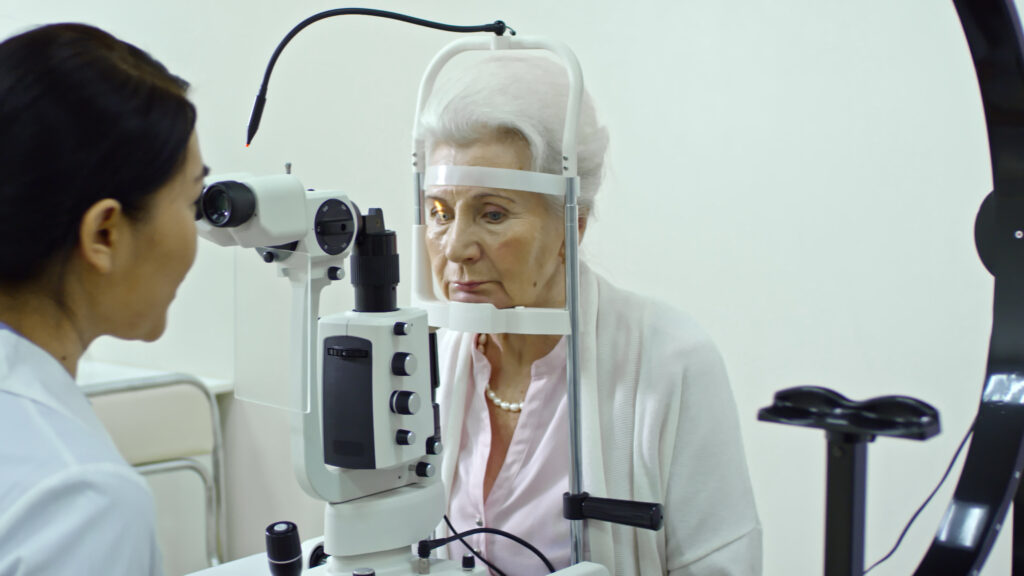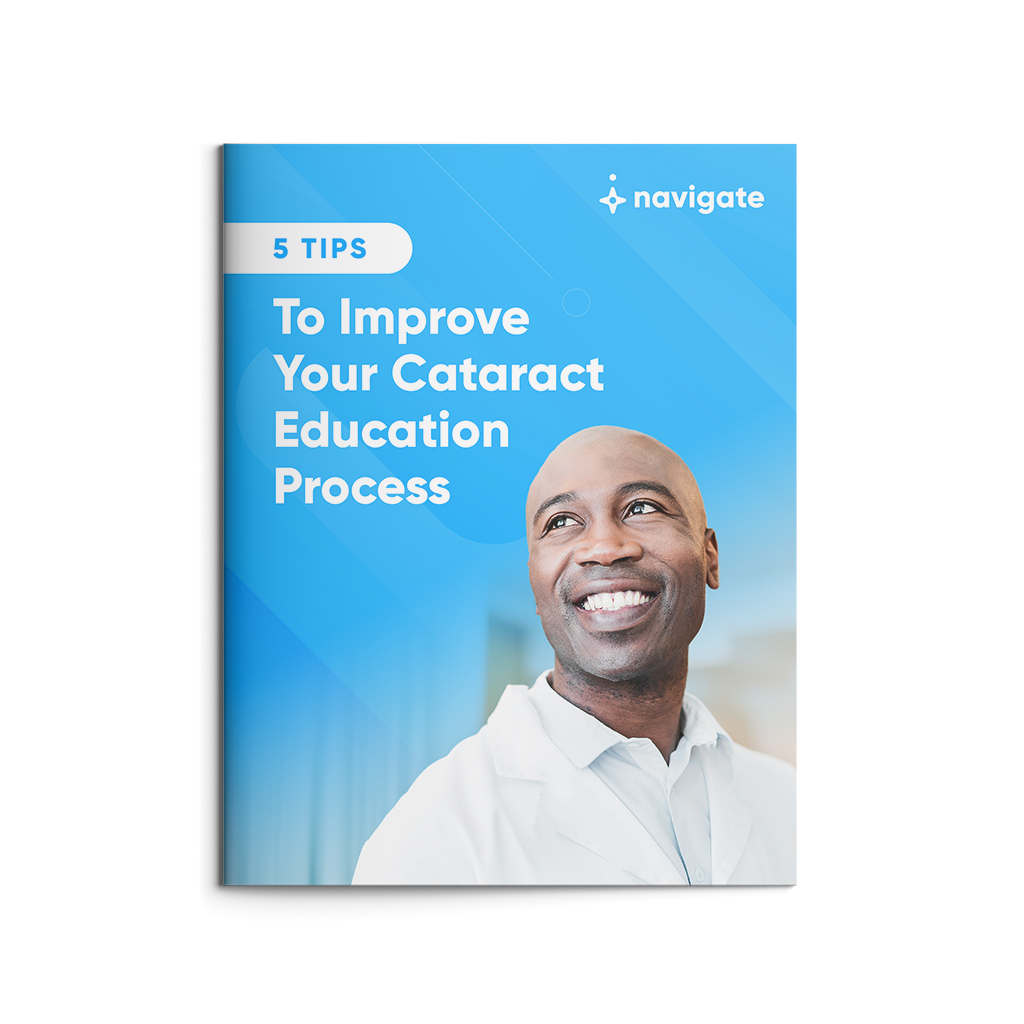Cataract surgery is one of the most commonly performed medical procedures, with over 4 million cases annually in the U.S. alone. While traditional monofocal intraocular lenses (IOLs) are covered by Medicare and private insurance, premium options—such as toric lenses for astigmatism, multifocal or extended depth-of-focus (EDOF) lenses for reduced dependence on glasses, and femtosecond laser-assisted cataract surgery (FLACS)—require an out-of-pocket expense. The critical question for cataract surgeons and premium IOL manufacturers is: What percentage of patients are willing to pay for these upgrades?
Current Market Data: Patient Willingness to Pay for Premium IOLs
- Market Penetration of Premium IOLs
- According to Market Scope’s 2023 Cataract Surgery Market Report, approximately 15–18% of cataract patients in the U.S. opt for a premium IOL.
- ASCRS data suggests that 20–25% of patients express interest in a premium lens, but actual conversions remain lower due to price sensitivity and patient education gaps.
- Consumer Behavior & Price Sensitivity
- A 2019 study published in Ophthalmology found that 35% of patients would consider a premium IOL if it cost under $1,000 out-of-pocket, but willingness dropped sharply at $3,000+ per eye.
- A 2022 survey from BMC Ophthalmology found that household income, perceived value, and physician recommendations were the strongest predictors of upgrading.
- Psychographic Segments of Cataract Patients Consumer psychology plays a crucial role in a patient’s decision to upgrade:
- Value Seekers (50%): Primarily Medicare patients who want the best outcome but are reluctant to pay out-of-pocket. They often decline upgrades unless given a compelling reason.
- Quality-Driven (20-30%): Patients who prioritize vision quality and lifestyle benefits, especially if they are still working or have active hobbies like golf or reading.
- Price-Insensitive (5-10%): High-income individuals who opt for premium procedures without hesitation.
Why the Willingness to Pay Could Be Higher: A Generational Shift in Consumer Behavior
While 15-18% of patients currently opt for premium cataract procedures, this number may be artificially low based on past patient behavior rather than what could be possible with a more strategic approach. When we analyze the baby boomer generation—the primary demographic for cataract surgery—a compelling case emerges for why 30% or more of patients could be willing to upgrade.
1. The Wealthiest Generation in History
- Baby boomers control 70% of disposable income in the U.S. (Federal Reserve, 2023).
- They are more willing to invest in quality-of-life improvements than previous generations, particularly in healthcare, travel, and wellness.
- Unlike previous generations, boomers expect to spend on healthcare and view quality vision as an essential, not a luxury.
2. Vision as a Key to Independence and Lifestyle
- According to a 2021 survey by the Vision Council, 80% of adults over 60 rank vision as their most important sense and say that losing it would impact their lifestyle more than mobility issues.
- Boomers are working longer—nearly 57% of adults aged 65-74 are still in the workforce or active in consulting roles (Bureau of Labor Statistics, 2022). This group values reduced dependency on glasses.
- The rise of active aging—with boomers participating in golf, tennis, hiking, and other hobbies—creates a greater demand for high-quality vision without glasses.
3. The Behavioral Economics of Healthcare Decisions
- Behavioral economics research shows that people are more likely to spend money when the purchase is framed as a long-term investment rather than a one-time expense.
- Instead of framing premium lenses as an “out-of-pocket cost,” positioning them as a lifetime investment in better vision can increase uptake.
- A study in the Journal of Medical Decision Making found that patients respond better to monthly payment options or cost-per-day breakdowns. For example, positioning a $3,000 lens upgrade as “less than the cost of a daily coffee over the next 5 years” makes it feel more affordable.
What This Means for the Cataract Surgery Market
Considering the wealth and lifestyle priorities of the baby boomer generation, a realistic target for premium IOL adoption is 25-30%, with potential for 35% or higher with better patient education and financing options. Several strategies could drive this higher adoption:
- Reframing cost as a long-term investment: Emphasizing quality of life, independence, and the cost of lost productivity if a patient needs glasses post-surgery.
- Improved patient education: Many patients assume Medicare covers all vision needs and may not understand the benefits of advanced IOLs.
- Better financing options: Offering 0% financing or payment plans could expand access.
- Surgeon recommendations: A strong endorsement from a trusted ophthalmologist significantly influences patient choices.
Final Takeaway
While only 15-18% of patients currently opt for premium IOLs, the market potential suggests 30-35% could be persuaded with the right approach. The key to growth lies in education, affordability, and physician advocacy—ensuring patients understand the long-term value of premium cataract surgery.
Sources:
- Market Scope, 2023 Cataract Surgery Market Report
- Ophthalmology, 2019, “Patient Preferences for Cataract Surgery Upgrades”
- BMC Ophthalmology, 2022, “Factors Influencing Cataract Surgery Upgrade Decisions”
- ASCRS Annual Survey, 2023
- Federal Reserve, 2023, “Baby Boomers and Wealth Distribution”
- Bureau of Labor Statistics, 2022, “Workforce Participation Among Older Adults”
- Vision Council, 2021, “Survey on Vision Importance in Aging Adults”
Journal of Medical Decision Making, 2021, “Behavioral Economics and Healthcare Spending”




